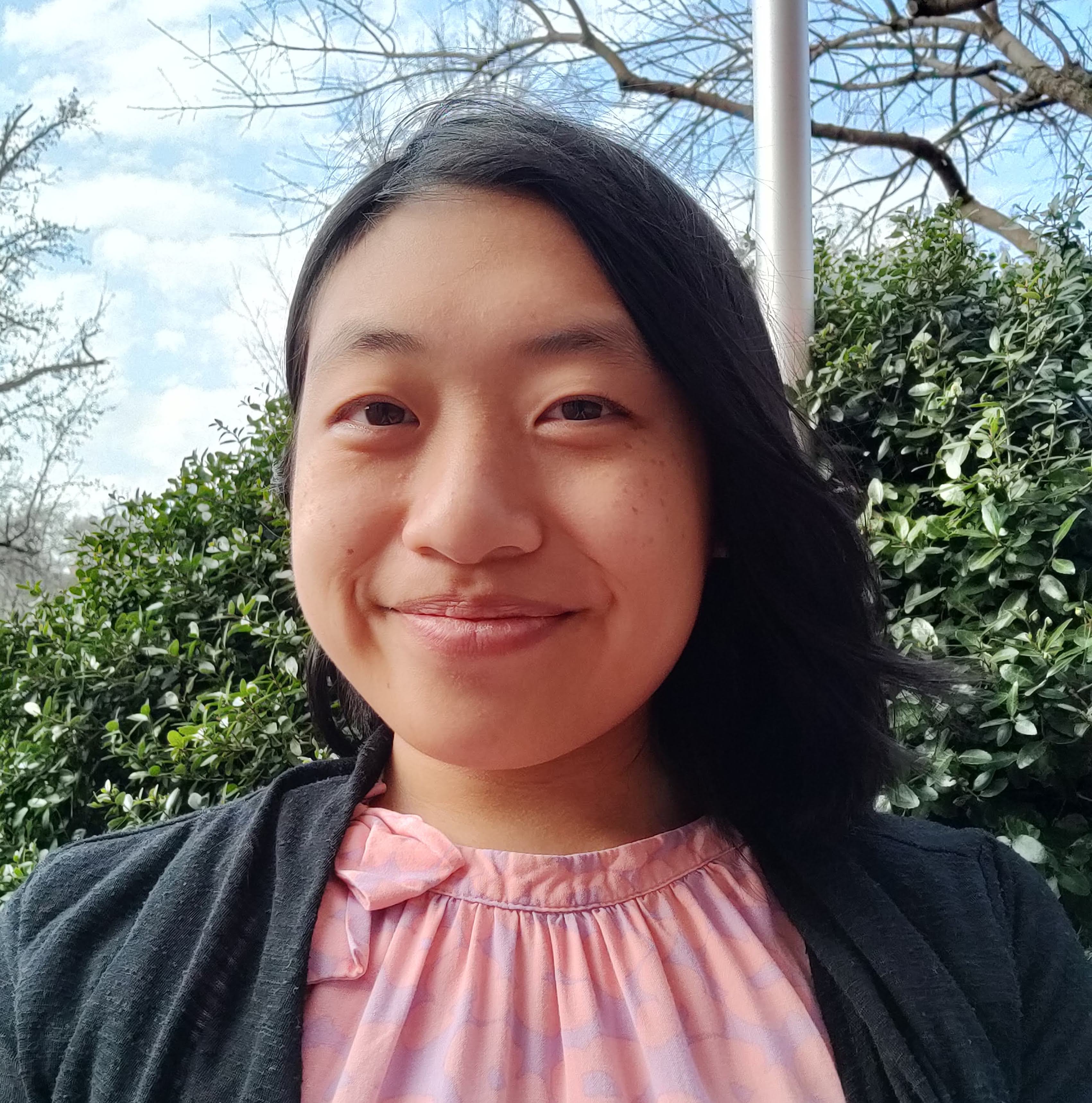Week 1
Starting Off
I woke up at 8am on Monday, June 5, 2023, excited but nervous. Although I had been working on my honors thesis for the past few weeks between the end of school and the start of my REU, this was the first day at my first summer research job, having spent my other college summers interning at SAS.
Pre-REU
The Tuesday before my REU started, I met with my REU mentor (Dr. Anat Caspi) about what the summer would look like. Initially, she was going to have me work on adding a report incident feature to AccessMap (the multi-city accessible navigation app that was the outcome of several years of related research at the Taskar Center), but after we discussed how AccessMap and Luminary would interrelate and she saw the scope of the current work on Luminary, she noted that there was too much overlap and that that could cause confusion among the respective teams who had worked on them. (I explained that if it was just me implementing Luminary, I would be quite willing to replace it with an extended version of AccessMap as initially suggested, but given the work of team Luminary in App Team Carolina (my collaborators, volunteer students at UNC Chapel Hill), I did not want to discard their work.)
Thus, we decided I would work on something mutually beneficial to us – researching what accessibility-related information exists in OpenStreetMap and drafting proposals for standards like the OpenSidewalks Schema (which, like AccessMap, came out of the center for accessible technology that Dr. Caspi heads)! Later in the summer, we hope to propose it to the OpenStreetMap community and field the feedback. (It is writing-heavy as she had learned that I wanted to learn about the process of paper-writing, but we only have 10 weeks, which limits the project in scope.)
The First Couple of Days
In preparation for meeting with Dr. Caspi on Tuesday, I defined an initial research question based on our discussions from the previous weeks:
“Given the accessibility-related information currently available in OpenStreetMap (OSM), how can data schemas be standardized and improved in quality?”
I then outlined several sub-questions (and sub-sub-questions, and sub-sub-sub questions…) to explore and began diving into the literature.
Based on a survey executed by myself and team Luminary at App Team Carolina with students affiliated with UNC Chapel Hill’s disability services, I quickly realized that while sensory overload and crowdedness were a significant factor for many students on a traditional college campus (which would translate to the general populace in urban environments), very little research existed on the effect of sensory overload on general-purpose navigation; most studies focused on how those with conditions associated with sensory overload performed on spatial navigation tasks. While it is possible that I simply had the wrong search terms, it was telling of how those with conditions or disabilities that are not immediately visible are often forgotten in discussions of accessibility in the physical environment.
After collecting and reading through various links in my review, I turned my attention to auditing OpenStreetMap (OSM). What accessibility information exists in OSM? And what counts as accessibility information in the first place?, I wondered. I decided to see what was categorized with the tag “Accessibility” in the OSM Wiki and came up with about 19 pages of information (including related tags and pages) after about a day of careful review of the websites Satisfied, I presented my initial information to Dr. Caspi.
Immersion into Previous Research
While I had emailed Dr. Caspi before our meeting with some of my notes, it turns out my email had gotten lost. Whoops! That was a lesson in following-up when appropriate.
Because of the miscommunication, Dr. Caspi seemed to be pleasantly surprised that I had given quite a bit of thought to the question since our last meeting. We excitedly talked about directions for research. (I am not usually one to verbalize my feelings, so while I didn’t verbalize that I was excited like Dr. Caspi did, I was and am quite excited!) It was decided that after reading a 2016 report by the Accessible Transportation Technologies Research Initiative (ATTRI) of the U.S. Department of Transportation, I would dive into the previous research of Nick Bolten, Dr. Caspi’s former PhD student whose dissertation research was essentially all the work surrounding AccessMap. He left a library of over 200 articles, so in the rest of the week, I reviewed and reorganized those articles, annotated the 80-page ATTRI report, and decided to locate his related papers and annotate his dissertation, too. It was altogether an enjoyable start to my REU!
